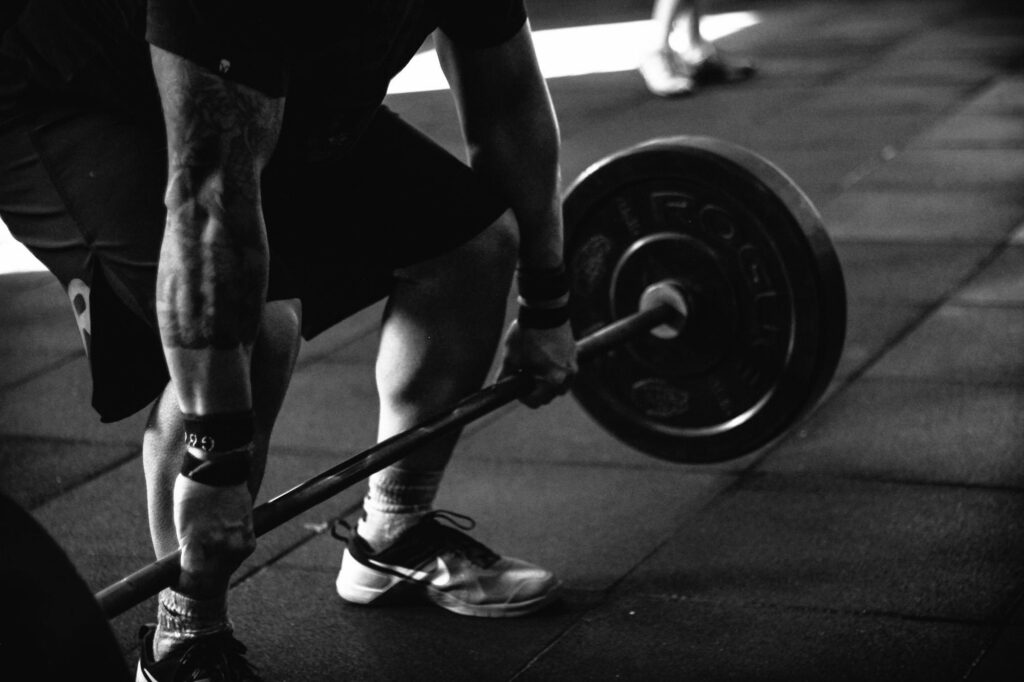Physical fitness is a necessity and a luxury in today world, this world full of the latest gadgets like mobile phones, computers and other amenities like television, it has become fast paced and involves a lot of screen time. Fitness is not just about bulking up muscles or getting to an ideal weight or having a strong body, but it is about being strong, being energetic, and being alive literally each and every day. It is the vinyl of successful, good and happy living.
What is Fitness?
Fitness implies the condition of being physically healthy and able to accomplish ordinary tasks with maximum performance, endurance, and strength. But true fitness goes beyond physical appearance. It is an equilibrium between cardio-vascular stamina, physical power, elasticity, morphology of the body, and mental agility.
It is not enough to have abs visible in order to be considered a fit individual as it is to be able to walk up the stairs without struggling to breathe, it is faster to recover following physical stress, he or she sleeps better, and can face mental challenges with a clear and calm mind.
—

Types of Physical Fitness
Indicators of being fit must be covered to ensure that a person is indeed fit; some of these components of fitness include the following:
1. Cardiovascular Endurance
This is the aptitude of your heart and lungs to give out oxygen to the body when shifting accessory muscle. Examples of good cardio workouts are running, cycling, swimming and aerobics.
2. Muscular Strength
It is how strong your muscles can push. Strength training (with weights or resistance) helps build muscle mass, improve bone density, and enhance metabolism.
3. Muscular Endurance
The capability of a muscle to do same thing over and over again in succession without getting tired. Activities such as plank, push-ups, or weightlifting in repetitions will work on this component.
4. Flexibility
Flexibility involves ensuring that the joints work in their full potential. It prevents injury and improves posture. Stretching, yoga, and Pilates are excellent for enhancing flexibility.
5. Body Composition
This refers to the ratio of fat to lean mass (muscles, bones, organs). Preservation of a healthy body composition reduces incidence of chronic diseases and aids in general vitality.
—
Benefits of Regular Fitness
Engaging in regular physical activity offers profound benefits:
1. Physical Health Benefits:
Enhances Heart Health: Exercise minimizes the chances of getting a heart problem because it increases blood circulation and lowers blood pressure.
Increases Metabolism and Weight Control: Exercise enhances burning calories as well as controlling the amount of food intake.
Tones Muscles and Bones: This is particularly significant as we get older to avoid osteoporosis and debilitation.
Improves Immune System: Fit people are less susceptible to infections and healing time is reduced.
2. Mental and Emotional Benefits:
Lifts Mood: Physical exercise gets rid of stress and anxiety by causing the release of endorphins, which are your body own mood teachers.
Enhances Sleep: Fitness will also help you manage your sleeping margin and decrease incidences of insomnia.
Increasess Self-Esteem and Confidence: Finding your way to fitness gives satisfaction.
Helps maintain the brain: Exercise stimulates brain circulation and enhances memory, attention and creativity.
—
Fitness and Nutrition: The Perfect Pair
Fitness alone isn’t enough without proper nutrition. Exercise breaks down your body — nutrition rebuilds it.
To fuel a fit lifestyle, focus on:
Lean Proteins for muscle repair.
Complex Carbs for sustained energy.
Healthy Fats (like avocados and nuts) for brain and joint health.
Hydration to regulate body temperature and improve performance.
Fruits and vegetables have Vitamins and Minerals that help in the recovery of cells.
Stay away from processed foods, sugar overload and binge eating at nighttime. Those are the main culprits that can mess even the healthiest exercise program.
—
Fitness for All Ages
Children & Teens: Build healthy habits early. Play-based activities, sports, and dance help development.
Adults: Add a minimum of 150 minutes of moderate intensity aerobic exercise in the week and strength training.
Elderly persons: Balance, flexibility, and low-intensity weight training: the key to mobility and independence.
Fitness is not age bound; it follows you as you grow.
—
Getting Started: Tips for Beginners
1. Start Realistic Goals: Do not aim to do a lot at once, so take it slow, just one day at 20 minutes is good.
2. Stay Consistent: Discipline beats motivation. Make it part of your daily routine.
3. Discover what you like: Do something that you like to do, such as dancing, hiking or swimming, or working out at the gym.
4. Monitor Your Progress: Apply fitness applications or diaries to become guided.
5. Be our Guest, Your Body Tells: Take a Break: Rest and recovery is important as muscle training.
—
Fitness is Freedom
Fitness is not an activity, but a promise to oneself. A vow to yourself that your body should get cleaned, your heart should be in power and your mind should not be hazy.
That is what being fit is all about that is being prepared to live your life and go after what you want to achieve not only to keep those you care about but also to live your life with energy everyday. It is neither about comparing and perfection but progress, passion and purpose.
—
Conclusion: Fitness is a Lifestyle, Not a Destination
Real fitness has nothing to do with a six week program or a weight on the scale. It is all about walking up each morning with a lot more energy, improved mood, healthier mind-body relationship. It is about not being stuck and picking water over soda, bed over scrolling, and loving yourself over neglecting.
